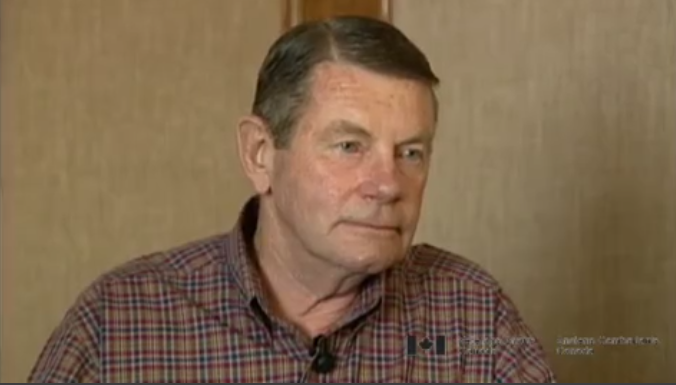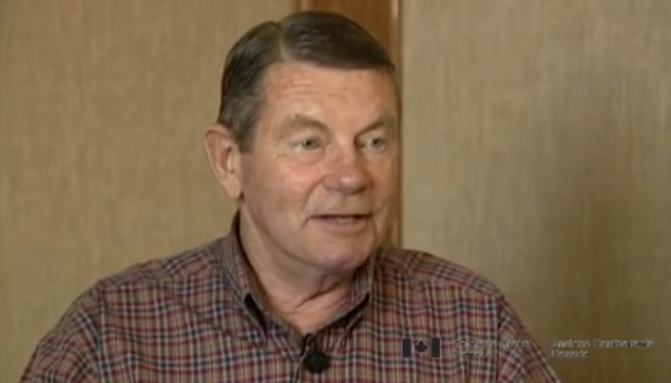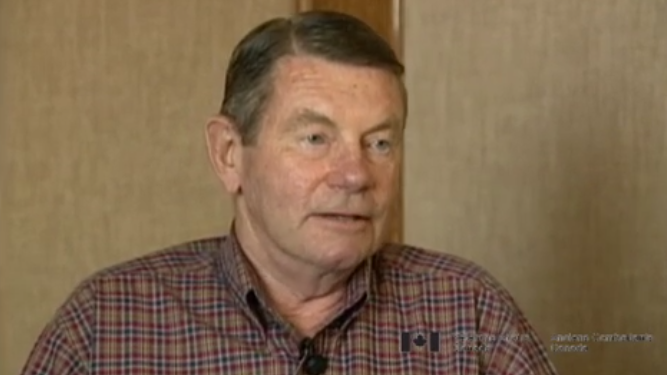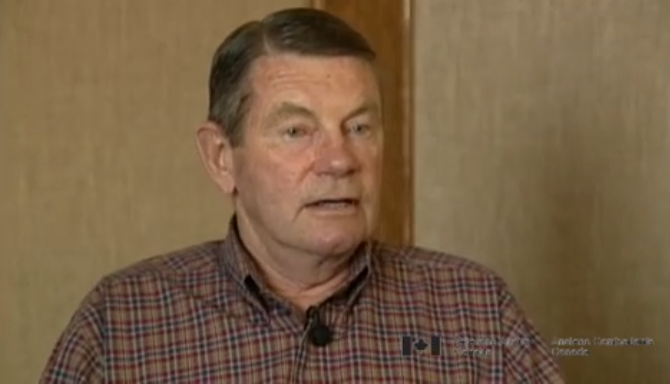Defence Operations
Heroes Remember
Defence Operations
Transcript
Description
Mr. Dixon describes the operations within a platoon position and the depth of the soldiers defence position.
Graham Dixon
Mr. Dixon was born January 21, 1931, in Montreal, Quebec. During his early childhood years his father passed away, leaving his mother to raise him in downtown Montreal. At the age of 17, Mr. Dixon joined the army and became a member of the Royal 22nd Regiment. Having a strong aspiration to become an officer, he put himself through the ranks learning to speak French and throughout his service, moved up the line from Lance Corporal to Sergeant and then Officer. During active service in Korea, Mr. Dixon held the position of Platoon Commander. When the Korean War ended, Mr. Dixon continued with the Regular Forces under NATO in Germany. In 1958, Mr. Dixon retired from military service.
Meta Data
- Medium:
- Video
- Owner:
- Veterans Affairs Canada
- Duration:
- 3:06
- Person Interviewed:
- Graham Dixon
- War, Conflict or Mission:
- Korean War
- Location/Theatre:
- Korea
- Branch:
- Army
- Rank:
- Platoon Commander
Related Videos
- Date modified:






